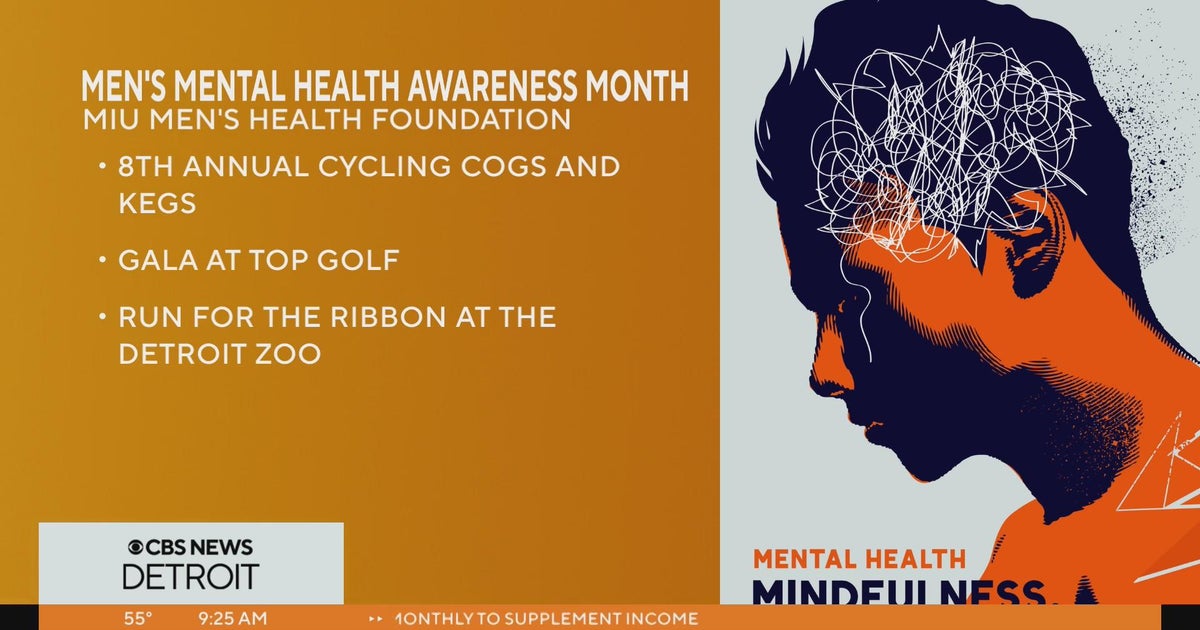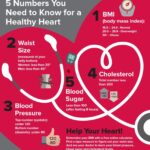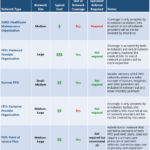Why Men's Mental Health Month Gets Overlooked-and How to Change It

Overview: Why the Month Often Feels Ignored
Many public campaigns spotlight men’s physical wellness each June, but messaging on emotional well‑being often receives less attention. Data shows men face high burdens of depression, substance use, and suicide, yet they are less likely to engage in care-making silence during awareness month especially costly [1] . Public health sources report men are nearly four times more likely to die by suicide than women, and treatment engagement lags relative to women-gaps that awareness months are meant to close [2] [3] .
Core Reasons It’s Overlooked
1) Competing Focus on Physical Health in June
June is often framed as Men’s Health Month with strong emphasis on screenings, fitness, and heart health, which can crowd out mental health narratives in employer and media communications. Even organizations that promote June health themes note that physical topics commonly dominate messaging, while mental health is treated as a secondary reminder rather than a lead story [1] . As a result, Men’s Mental Health Month content struggles for share of voice in newsletters, social posts, and benefit fairs.
Implementation steps:
- Re-balance June calendars: schedule mental health spotlights early in the month before fitness campaigns peak.
- Pair physical and mental topics: for every cardiovascular post, publish a stress, sleep, or depression screening post the same day.
- Use integrated metrics: track open rates and attendance for mental sessions alongside biometric events to ensure equal prominence.
Potential challenges and solutions:
- Challenge: Content fatigue in June. Solution: Rotate formats-short videos, anonymous Q&As, and manager toolkits-to keep engagement high.
- Challenge: Limited comms bandwidth. Solution: Repurpose one-page mental health briefs for intranet, email, and huddles.
2) Stigma and Masculinity Norms Suppress Engagement
Stigma remains a major barrier. Men often receive cultural messages to “tough it out,” which reduces help‑seeking and public discussion. University and state health sources report lower male treatment rates versus women, with norms about self-reliance discouraging disclosure and care [3] [2] . This can make employers and communities perceive “low interest,” further shrinking program promotion.
Implementation steps:
- Normalize signs specific to men: irritability, risk-taking, or substance use can be expressions of depression-share this framing in trainings and materials to increase recognition and reduce shame [1] .
- Use peer champions: recruit respected male leaders and frontline staff to share experiences in brief, opt-in formats.
- Offer anonymous entry points: digital screenings and tele-therapy options can lower the social cost of first steps.
Potential challenges and solutions:
- Challenge: Fear of exposure. Solution: Emphasize privacy protections, de-identify Q&A, and allow questions via forms without names.
- Challenge: Skepticism. Solution: Present concise, credible statistics and practical resources, not slogans.
3) Underestimation of Risk Despite Severe Outcomes
Awareness can be low because risks are not visible until crises occur. However, analyses consistently show men carry disproportionate suicide mortality. State and academic sources summarize that men are almost four times more likely to die by suicide, and millions experience depression annually-stakes that demand prominent awareness month coverage [2] [3] . National mental health materials likewise highlight high prevalence and low treatment rates among men [1] .
Implementation steps:
- Lead with key numbers in all June content: mortality ratios, prevalence, and treatment gaps.
- Train managers to spot behavioral and performance changes linked to distress in men (anger, disengagement, absenteeism).
- Adopt a crisis escalation map: who to call, how to document concerns, and how to follow up post‑incident.
Potential challenges and solutions:
- Challenge: Discomfort with suicide topics. Solution: Use brief, evidence-informed scripts and provide crisis resource pathways.
- Challenge: Infrequent events reduce salience. Solution: Run quarterly refreshers, not just in June.
4) Messaging Isn’t Tailored to Men’s Help‑Seeking Patterns
Men may prefer practical, skills‑focused resources and private formats. General mental health promotions can miss these preferences, limiting engagement. Sources indicate men’s treatment uptake lags; reframing care as performance, stress mastery, sleep optimization, and substance use risk reduction can increase participation [3] [1] .
Implementation steps:
- Offer skill workshops: stress inoculation, sleep routines, and alcohol reduction challenges.
- Create “first-step” micro-engagements: 3-5 minute self-check tools and brief text-based coaching options.
- Frame outcomes concretely: better focus, fewer injuries, improved family communication.
Potential challenges and solutions:
- Challenge: Low initial uptake. Solution: Use opt‑out invites and calendar holds with easy decline options to reduce friction.
- Challenge: Privacy concerns. Solution: Provide HIPAA-covered telebehavioral options and highlight confidentiality terms in plain language.
What the Data Says Right Now
Current materials summarizing national datasets report that in 2023, among U.S. adult men, an estimated 19% experienced a mental illness, about 21.4% faced a substance use disorder, and only 45.9% with a mental illness received treatment in the past year [1] . State and university briefs reiterate that men are almost four times more likely than women to die by suicide and that approximately 6 million men experience depression symptoms annually [2] [3] . These figures explain why a dedicated awareness month should be elevated rather than overlooked.
Action Plan: How Employers, Schools, and Communities Can Elevate the Month
Step 1: Map and Promote Private Entry Points
Provide multiple confidential pathways to care, including tele-therapy, digital cognitive behavioral tools, and anonymous screenings. You can list available options on your intranet, employee handbook, or campus portal and clearly state privacy protections and eligibility. Emphasize that early self-checks are normal and useful [1] .

Source: jooinn.com
Step 2: Run a 4-Week Editorial Calendar
Divide June into weekly themes: recognizing signs in men, stress and sleep, substance use risk, and help-seeking skills. Align each week with a short training, a resource roundup, and a story from a peer champion. This structure helps mental health content achieve parity with physical health topics while creating repeated, lower‑stakes touchpoints that fit men’s preferences [3] .
Step 3: Offer Manager Playbooks and Microtrainings
Equip supervisors with 15‑minute modules on observable signs, supportive language, boundaries, and referral steps. Provide templated outreach messages to reduce hesitation. Reinforce that changes like irritability, risk-taking, or withdrawal can be distress signals in men [1] .

Source: digitalbloggers.com
Step 4: Reduce Barriers for High‑Risk Groups
Men in certain populations-such as veterans, some minority groups, and those with heavy occupational stress-may face higher substance use or depression risk. Tailor outreach with culturally responsive materials and flexible scheduling. Highlight private options and support groups that may be available locally or through health plans [3] .
Step 5: Measure, Iterate, Sustain
Track attendance, completion of screenings, EAP or counseling utilization, and self‑reported comfort discussing mental health. Compare June metrics to other months and to physical health campaigns. Use results to refine the next cycle and identify which tactics most improved men’s engagement [1] .
How Individuals Can Make the Month Matter
Even without formal programs, you can increase impact:
- Start a private check‑in routine: ask two men in your circle how they are doing, weekly, with permission to skip details.
- Share one credible stat and one resource in group chats or team channels to normalize the topic [2] .
- Encourage brief screenings and outline what to expect from first appointments so fear of the unknown doesn’t block action [1] .
Accessing Help: Practical, No‑Link Guidance When Unsure
If you are uncertain which websites are official, you can:
- Call your health plan’s member services (the phone number on your insurance card) and ask for in‑network behavioral health providers who offer tele-therapy and evening hours.
- Contact your employer’s Employee Assistance Program (EAP) via the HR portal or HR email; ask about confidential short‑term counseling and how privacy is protected.
- Search for “county behavioral health services” with your county name to find public clinics that may offer sliding‑scale care.
- Ask your primary care clinician for a same‑week appointment focused on sleep, stress, or mood; request referrals and screening tools.
Key Takeaway
Men’s Mental Health Month can feel ignored when stigma, competing physical health messages, and limited tailoring reduce visibility and engagement. By leading with credible data, designing private and practical entry points, and sustaining messaging beyond June, organizations and individuals can turn awareness into measurable help‑seeking and earlier care [1] [2] [3] .
References
[1] NAMI (2025). Men’s Mental Health Month one-pager with prevalence, treatment, and risk data. [2] State of Illinois (2024). June is Men’s Health Awareness Month-mental health overview and statistics. [3] NC State University CFACE (2024). Men’s Mental Health Awareness Month-stigma, treatment gaps, and risk.






